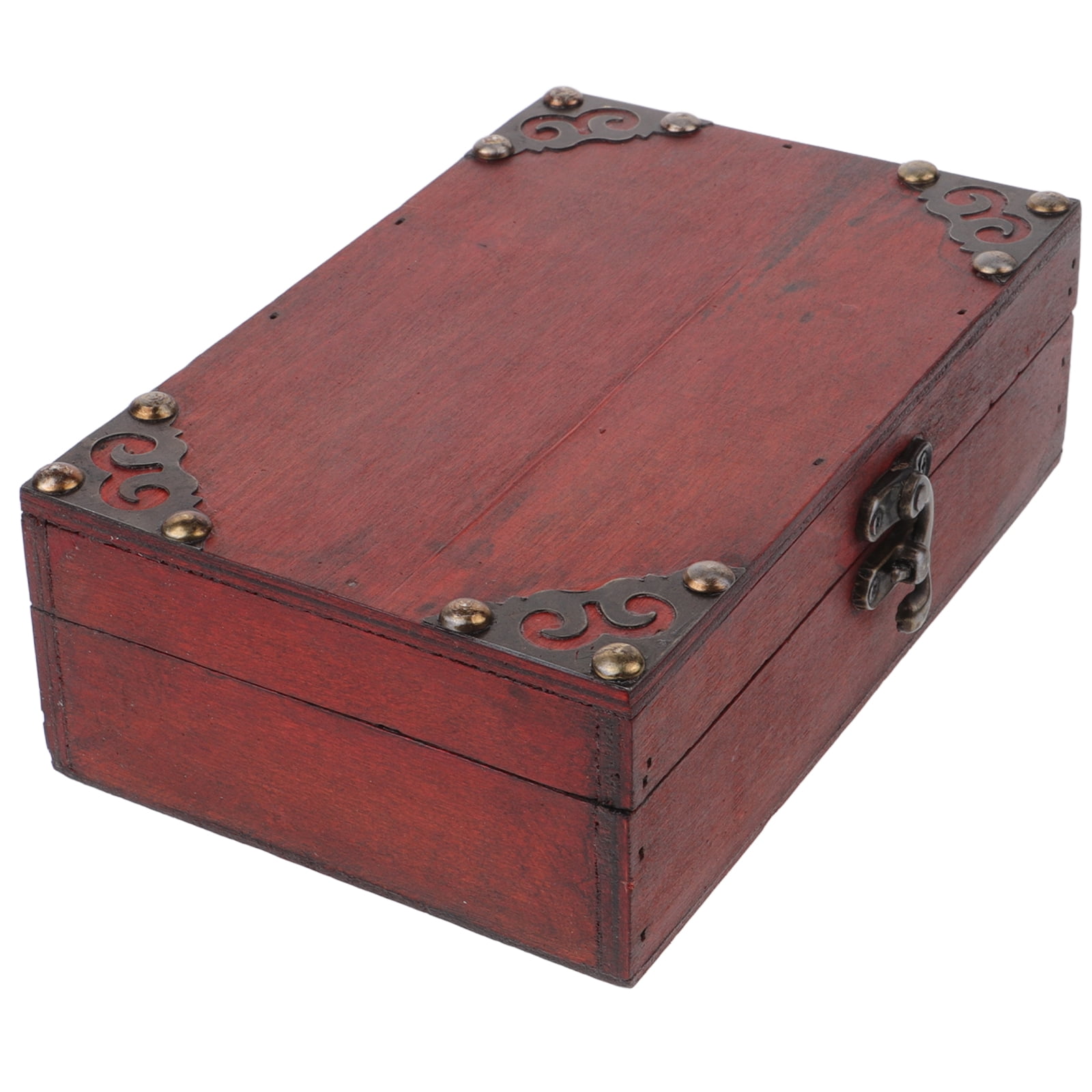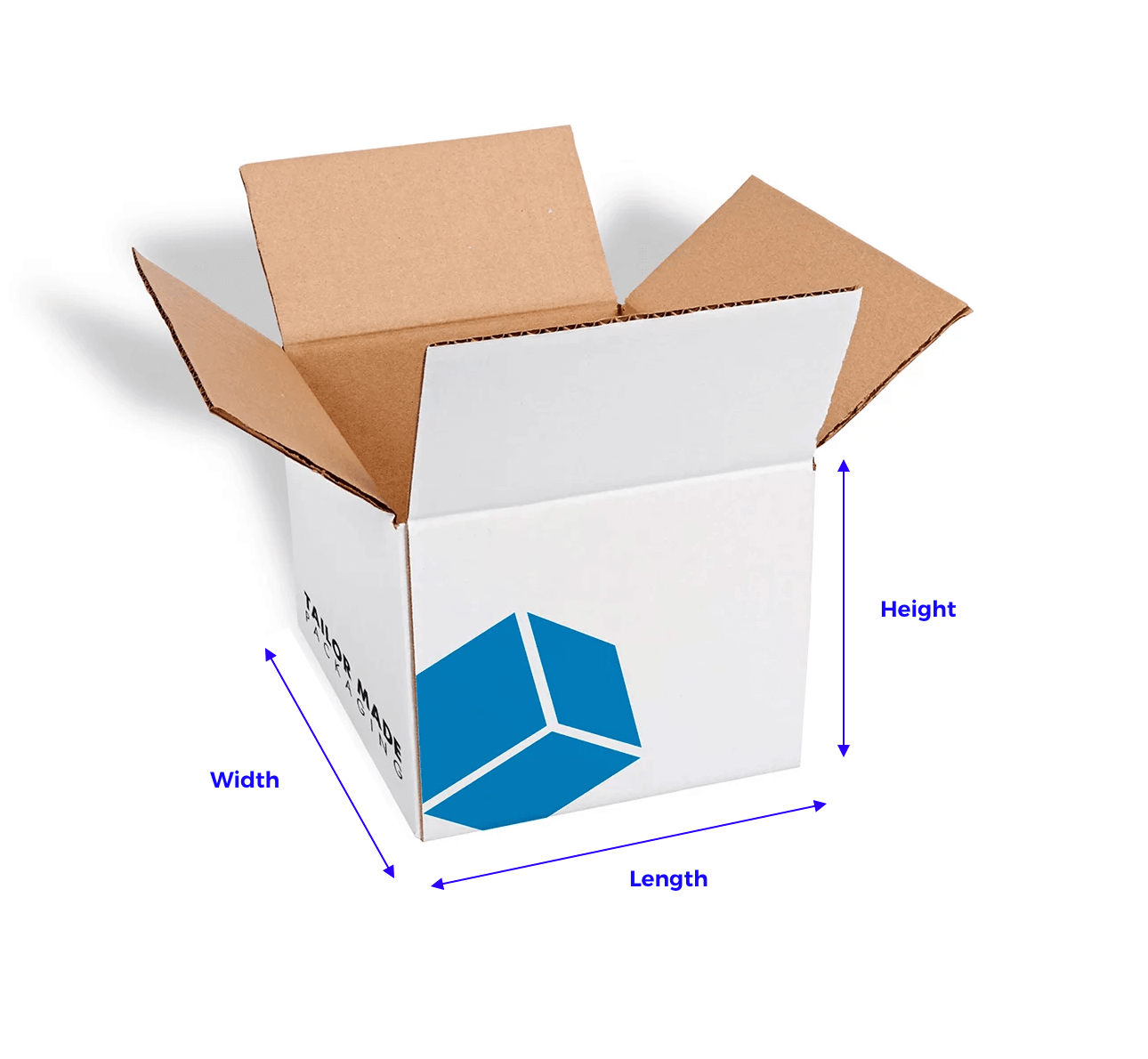Box Truck Dimensions: A Comprehensive Guide to Choosing the Right Size cars.truckstrend.com
In the world of logistics, moving, and transportation, box trucks are indispensable workhorses. From helping families relocate their homes to enabling businesses to deliver goods, these versatile vehicles play a crucial role. However, their utility hinges significantly on one critical factor: Box Truck Dimensions. Understanding these dimensions is not merely about knowing how big a truck is; it’s about optimizing space, ensuring safety, complying with regulations, and ultimately, saving time and money.
This comprehensive guide will delve deep into the intricacies of box truck dimensions, exploring everything from interior cargo space to exterior clearance, helping you make informed decisions for your next move or delivery.
Box Truck Dimensions: A Comprehensive Guide to Choosing the Right Size
Understanding the Basics: What Defines Box Truck Dimensions?
When we talk about box truck dimensions, we’re primarily referring to the measurements that define the vehicle’s capacity and physical footprint. These can be broadly categorized into interior (cargo area) and exterior (overall vehicle) dimensions.
Interior Dimensions dictate how much cargo you can fit inside the truck’s enclosed box. Key measurements include:
- Interior Length: The measurement from the front to the back wall of the cargo area. This is often the primary dimension quoted for box trucks (e.g., a "26-foot box truck" typically refers to the interior length of its cargo box).
- Interior Width: The measurement from one side wall to the other inside the cargo area. This can sometimes be narrower between wheel wells.
- Interior Height: The measurement from the floor to the ceiling of the cargo area. This is crucial for standing room and stacking items.
- Cubic Feet (Cu. Ft.): The ultimate measure of volume, calculated by multiplying interior length x width x height. This tells you the total amount of space available for your cargo.

Exterior Dimensions are critical for navigating roads, bridges, tunnels, and loading docks. These include:
- Overall Length: The measurement from the very front of the truck (bumper) to the very back (end of the box).
- Overall Width: The measurement from one side mirror or widest point of the truck to the other.
- Overall Height: The measurement from the ground to the highest point of the truck, usually the top of the box. This is vital for clearance.
- Wheelbase: The distance between the centers of the front and rear wheels, influencing stability and turning radius.

Beyond these physical measurements, other critical "dimensions" or specifications include:
- Payload Capacity: The maximum weight of cargo the truck can safely carry.
- Gross Vehicle Weight Rating (GVWR): The maximum permissible total weight of the truck, including its own weight, fuel, passengers, and cargo. This is crucial for licensing requirements.

Common Box Truck Sizes and Their Applications
Box trucks come in a variety of sizes, each designed for specific hauling needs. Understanding these common configurations will help you select the most appropriate vehicle.
-
10-12 Foot Box Trucks (Smallest):
- Typical Interior Length: 9-12 feet
- Cubic Feet: 300-450 cu. ft.
- Ideal For: Studio or small apartment moves, local deliveries of small appliances or furniture, transporting tools for a small job. Often easily maneuverable and can be driven without a commercial driver’s license (CDL).
-
14-16 Foot Box Trucks (Medium):
- Typical Interior Length: 14-16 feet
- Cubic Feet: 600-800 cu. ft.
- Ideal For: 1-2 bedroom apartment moves, local business deliveries, hauling equipment for contractors. Offers a good balance between capacity and maneuverability for urban environments.
-
20-22 Foot Box Trucks (Large):
- Typical Interior Length: 20-22 feet
- Cubic Feet: 1000-1200 cu. ft.
- Ideal For: 2-3 bedroom home moves, larger commercial deliveries, event setups. These start to become less agile in tight spaces but offer significant capacity.
-
24-26 Foot Box Trucks (Largest Non-CDL/Light-Duty Commercial):
- Typical Interior Length: 24-26 feet
- Cubic Feet: 1400-1700 cu. ft.
- Ideal For: 3-5 bedroom home moves, large-scale commercial deliveries, furniture transportation, long-distance hauling. These are often the largest trucks available for rental without a CDL, though GVWR limits can vary by state. Many commercial applications will require a CDL.
Beyond the Box: Important External Dimensions and Considerations
While the interior dictates what you can carry, the exterior dimensions dictate where you can go.
- Overall Height: This is arguably the most critical external dimension. Box trucks can range from 10 feet to over 13 feet in height. Always know your truck’s exact height and be vigilant for low bridges, tunnels, drive-thrus, parking garage clearances, and tree branches. Striking an overhead obstacle can lead to severe damage, injury, and legal issues.
- Overall Length: Longer trucks are harder to maneuver, especially in urban areas, tight turns, or during parking. Consider the accessibility of your pickup and delivery locations.
- Overall Width: While less of a concern than height, width can still be an issue on narrow roads, construction zones, or when passing other vehicles. Factor in side mirrors, which can extend the overall width significantly.
- Turning Radius: Larger trucks have a wider turning radius, meaning they need more space to make turns. This is a key consideration for residential streets, cul-de-sacs, and loading docks.
- Payload Capacity & GVWR: These are not physical dimensions but are inextricably linked to the truck’s capabilities and legal operation. Always ensure your cargo weight, combined with the truck’s weight, does not exceed the GVWR. Overloading is dangerous, illegal, and can damage the truck. For trucks with a GVWR over 26,000 lbs (Class 8), a CDL is typically required. Many rental box trucks fall below this threshold, but always verify.
Choosing the Right Box Truck Size: Practical Advice
Selecting the perfect box truck involves more than just guessing. Here’s a systematic approach:
-
Assess Your Cargo Thoroughly:
- Volume: Estimate the total cubic feet of your belongings. Use online calculators or measure your largest items. Err on the side of slightly larger to avoid multiple trips.
- Weight: This is often overlooked. Heavy items like appliances, safes, or machinery can quickly exceed payload capacity, even if the truck seems spacious enough.
- Fragility & Shape: Awkwardly shaped or delicate items might require more padded space or specific loading techniques, influencing the usable volume.
- Loading/Unloading Needs: Do you need a truck with a ramp or a liftgate? Liftgates are invaluable for heavy items but add to the truck’s weight and complexity.
-
Consider Your Route and Destinations:
- Urban vs. Highway: Smaller trucks are better for city driving with tight turns and parking. Larger trucks are more stable on highways.
- Clearance Issues: Research your route for low bridges, underpasses, or height restrictions, especially if you’re traveling long distances or through unfamiliar areas.
- Loading Dock Access: Will your truck fit at the commercial loading dock? Does it need a dock-level ramp, or will a standard ramp suffice?
-
Driver Licensing Requirements:
- Most consumer rental box trucks (e.g., U-Haul, Penske, Budget) up to 26 feet are designed to be driven with a standard Class D (or equivalent) driver’s license, provided their GVWR is under 26,001 lbs.
- However, some larger commercial box trucks may require a Commercial Driver’s License (CDL). Always confirm the GVWR and your state’s specific regulations.
-
Budget and Fuel Efficiency:
- Larger trucks generally cost more to rent and consume more fuel. Balance your capacity needs with your budget constraints.
Tips for Maximizing Space and Efficiency
Once you’ve chosen your truck, effective loading can make a huge difference.
- Load Heaviest Items First and Low: Place heavy, bulky items at the front (closest to the cab) and on the floor for better weight distribution and stability.
- Distribute Weight Evenly: Avoid putting all the weight on one side.
- Utilize Vertical Space: Stack items carefully, using strong boxes and ensuring stability.
- Secure Your Load: Use tie-downs, straps, and moving blankets to prevent items from shifting during transit. This is crucial for safety and preventing damage.
- Pack Smartly: Use uniform box sizes where possible. Label boxes clearly.
- Create a Walkway: If possible, leave a narrow path to access items, especially if you’re making multiple stops.
Challenges and Solutions
- Overloading:
- Challenge: Exceeding payload or GVWR limits can lead to blown tires, brake failure, poor handling, fines, and accidents.
- Solution: Know your truck’s capacities. Weigh your cargo if uncertain. When in doubt, rent a slightly larger truck.
- Navigating Tight Spaces:
- Challenge: Long and wide trucks are difficult to maneuver in residential areas, crowded parking lots, or narrow loading docks.
- Solution: Plan your route in advance. Use a spotter when backing up or navigating tight turns. Practice driving in an empty lot if you’re new to larger vehicles.
- Clearance Issues:
- Challenge: Hitting low bridges, tree branches, or overhead structures.
- Solution: Always know your truck’s exact height. Pay attention to road signs indicating clearance limits. When in doubt, find an alternative route. GPS systems designed for trucks can help.
Common Box Truck Dimensions and Specifications
Here’s a table summarizing common box truck dimensions and their typical uses. Note that exact dimensions can vary slightly by manufacturer and rental company.
| Truck Length (Exterior Est.) | Interior Length (Approx.) | Interior Width (Approx.) | Interior Height (Approx.) | Cubic Feet (Approx.) | Common Uses | Key Feature/Consideration |
|---|---|---|---|---|---|---|
| 10-12 ft (Overall: 16-19 ft) | 9-12 ft | 6.5 ft | 6.5 ft | 300-450 cu. ft. | Studio/1BR apt move, small local deliveries, tools | Most maneuverable, good for urban areas, easy to park |
| 14-16 ft (Overall: 20-23 ft) | 14-16 ft | 7.5 ft | 7 ft | 600-800 cu. ft. | 1-2BR apt move, medium local deliveries, contractors | Balance of capacity & maneuverability, often with a ramp |
| 20-22 ft (Overall: 26-29 ft) | 20-22 ft | 8 ft | 8 ft | 1000-1200 cu. ft. | 2-3BR home move, larger commercial deliveries | Significant capacity, may require more careful navigation |
| 24-26 ft (Overall: 30-33 ft) | 24-26 ft | 8 ft | 8-8.5 ft | 1400-1700 cu. ft. | 3-5BR home move, large commercial freight, long-haul | Largest non-CDL options, often come with liftgates, less agile |
| Overall Height (Typical) | Varies by size, usually 10-13 ft. Pay attention to specific vehicle. | Crucial for clearance (bridges, parking garages, drive-thrus). Always check. | ||||
| GVWR (Typical) | 10,000 lbs – 26,000 lbs (non-CDL range). Over 26,000 lbs typically requires CDL. | Defines maximum loaded weight. Important for licensing and safety. | ||||
| Payload Capacity | Varies greatly by truck size and model, usually 2,000 lbs – 15,000 lbs+. | Maximum weight of cargo allowed. Do not exceed. |
Frequently Asked Questions (FAQ)
Q1: What’s the difference between interior and exterior dimensions?
A1: Interior dimensions refer to the usable space inside the cargo box (length, width, height for your items). Exterior dimensions refer to the total size of the entire truck (overall length, width, height from the ground up), which is crucial for road clearance and maneuverability.
Q2: Do I need a CDL (Commercial Driver’s License) to drive a box truck?
A2: For most consumer rental box trucks (e.g., 10-26 foot trucks from U-Haul, Penske, Budget), a standard Class D (regular) driver’s license is sufficient, as their Gross Vehicle Weight Rating (GVWR) is typically under 26,001 lbs. However, always confirm the GVWR of the specific truck and your state’s regulations. Commercial trucks over this GVWR do require a CDL.
Q3: How do I calculate the cubic feet of a box truck?
A3: To calculate cubic feet, multiply the interior length by the interior width by the interior height (all in feet). For example, a truck with an interior of 15 ft (L) x 7 ft (W) x 7 ft (H) has 735 cubic feet (15 x 7 x 7 = 735).
Q4: What is GVWR and why is it important?
A4: GVWR stands for Gross Vehicle Weight Rating. It’s the maximum permissible total weight of the truck, including its own weight, fuel, passengers, and all cargo. It’s important because exceeding the GVWR is unsafe, illegal, can damage the vehicle, and may void insurance. It also determines if a CDL is required.
Q5: Can I stand up inside a typical box truck?
A5: Most 14-foot and larger box trucks have interior heights of 7 to 8.5 feet, which allows most people to stand comfortably inside. Smaller 10-12 foot trucks might have slightly lower ceilings, but usually still offer adequate standing room.
Q6: What’s the average fuel economy for a box truck?
A6: Box truck fuel economy varies widely depending on size, load, engine, and driving conditions, but it’s generally poor. Expect anywhere from 6-12 miles per gallon (MPG). Larger trucks, heavier loads, and city driving will be on the lower end of this range.
Conclusion
Understanding box truck dimensions is fundamental to a successful and stress-free moving or hauling experience. It’s not just about fitting your items; it’s about ensuring safety, legal compliance, and operational efficiency. By carefully assessing your cargo, considering your route, and being mindful of both interior capacity and exterior limitations, you can select the perfect box truck for the job. An informed decision on dimensions translates directly into a smoother, more secure, and ultimately, more economical journey for your valuable cargo. Drive smart, measure twice, and transport with confidence.

